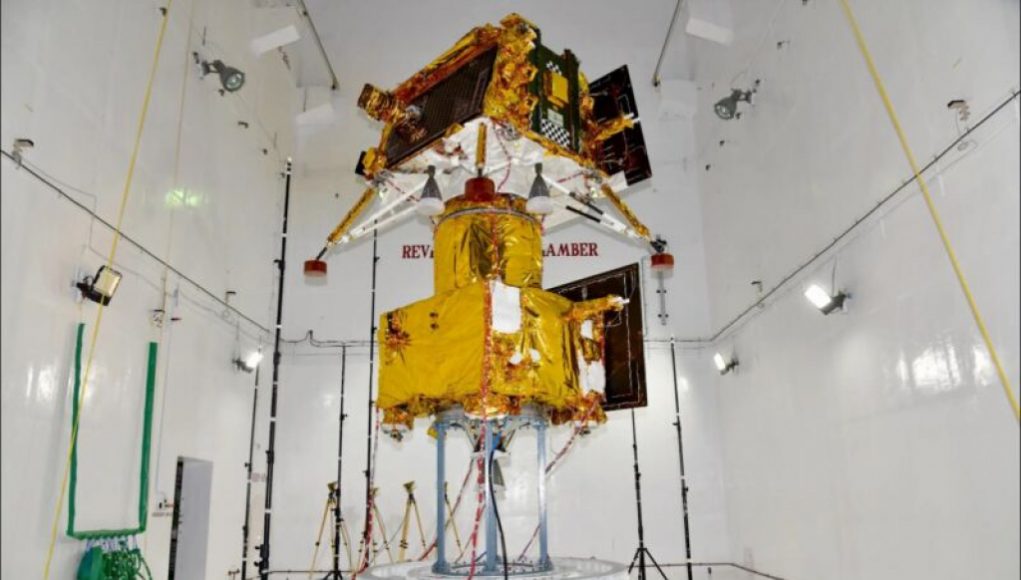Get ready for an exciting time in space exploration because the Moon is about to become the hottest destination! In the next six months, up to six missions are set to launch, marking a new era of Moon exploration.
But it wasn’t always like this. After the Space Race in the 1960s and early 1970s, NASA and the Soviet Union scaled back their Moon exploration programs. Instead, they focused on sending probes to the far reaches of the Solar System and conducting human activities in low-Earth orbit.
So, what sparked the renewed interest in the Moon? Firstly, in the 1990s and early 2000s, scientists discovered and confirmed the presence of water ice in the lunar poles’ permanently shadowed craters. This abundant water resource, providing oxygen and hydrogen, gave space agencies a new reason to explore the poles.
Another driving force behind the Moon’s resurgence is China’s space program. China has sent a series of ambitious robotic missions to the Moon, including landing on the far side and returning samples from the lunar surface. With their sights set on sending astronauts to the Moon, China’s goals have sparked competition with NASA’s Artemis Program.
Lastly, private companies have also shown interest in commercial development on the lunar surface. This has led to investments in transportation services to the Moon, with companies like ispace, Astrobotic, Intuitive Machines, and Firefly leading the way.
All of this excitement means that we are on the verge of witnessing a flurry of missions attempting to land on the Moon. In the past decade, there have been six attempts, with three successful landings by China’s Chang’e landers. However, attempts by Israel, India, and a private Japanese company have fallen short.
Advertisement
Now, in the next six months, we can expect as many as six more landing attempts. Here’s what you need to know:
Chandrayaan-3 (July)
First up is the Indian space agency’s Chandrayaan-3 mission, scheduled to launch early Friday on a Launch Vehicle Mark-III. This mission follows the unsuccessful landing of the Chandrayaan-2 spacecraft in 2019 due to a software error.
The lander, named Vikram, will weigh nearly 2 metric tons and carry a small 26-kg rover to the lunar surface. The mission’s goal is to conduct scientific observations and study the chemical and mineral components of the lunar soil.
Despite its modest budget of about $90 million, this mission is crucial for the Indian space agency to showcase its capabilities, especially with China’s impressive lunar missions.
Luna 25 (August)
According to Russian sources, the Luna 25 spacecraft has been delivered to its launch site at the Vostochny Cosmodrome. Although an official date has yet to be announced, it is expected to launch on a Soyuz rocket around August 11.
It has been a long time since Russia (or the Soviet Union) last launched a mission to the Moon. The Luna 24 mission, which preceded Luna 25, successfully landed on the Moon in August 1976 and returned lunar soil samples to Earth. Since then, Russia has not attempted a similar mission.
Luna 25 aims to restart Russia’s lunar program and demonstrate the capability of making a soft landing on the Moon. It will carry around 30 kg of scientific payloads but will not include a rover. Despite numerous delays, the spacecraft’s arrival at the launch site suggests it may finally be ready for liftoff.
For those of us who have looked up at the night sky and dreamed of exploring the moon, a more substantial realization of those dreams is within our reach. Space agencies around the world are beginning to discuss the possibilities of a renewed effort to send manned missions to our nearest satellite. In the U.S., NASA is in the early stages of making these dreams come true.
NASA’s recent focus has been on preparing for a mission to Mars. However, there is now a strong push to include a return to the moon as part of their mission timeline. To this end, the agency is developing a new family of spacecraft, collectively known as Orion, which they hope to use to take astronauts to the moon and back. The spacecraft is designed to have the capacity to fly to the moon and back, and even to nearby asteroids.
The prospect of a return to the moon is especially exciting because it could potentially be the first step to further exploration of our solar system. If mankind can reach and return safely from the moon, the long journey to Mars could then become a reality. By bringing a sample of material back from the moon, missions could begin to answer some fundamental questions about our planet’s history and evolution.
Of course, any fresh initiative to the moon will also be accompanied by a significant technological challenge. The focus will be not only on capacity to safely transport astronauts, but also in navigating the surface and atmosphere of the moon. Developing tools and technology that can support the mission will be a key factor in the success of any mission.
Indeed, if successful it could lead to an unprecedented level of understanding of not only our solar system but of the universe. A successful moon mission could be a defining moment in humankind’s journey of exploration. As we look towards the horizon, the future is bright for those ready to reach for the stars.




















